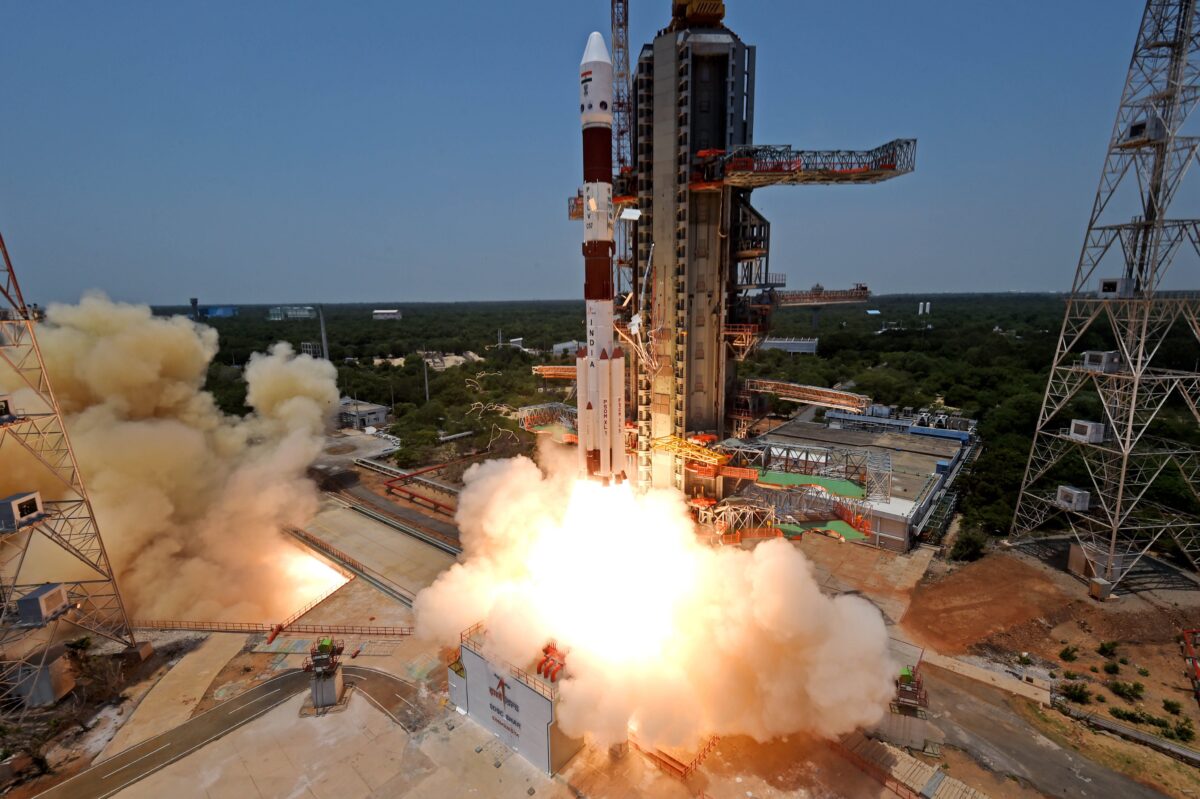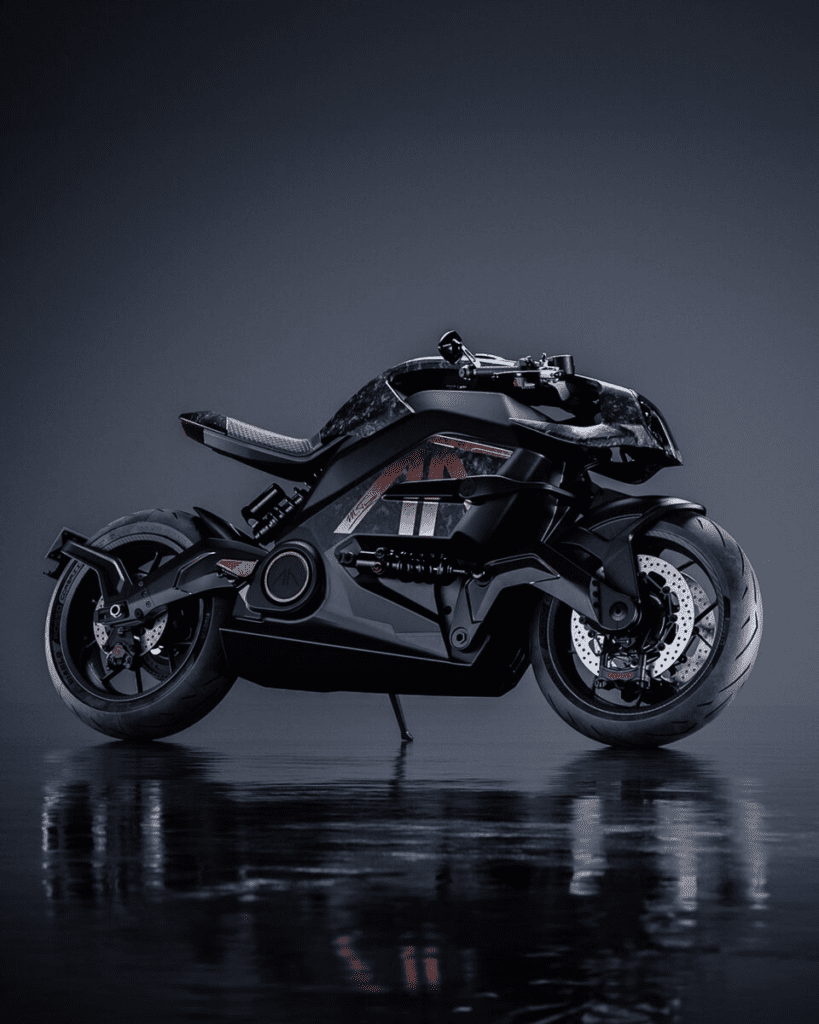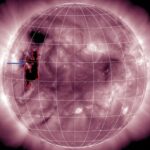The Aditya L1 mission, led by ISRO, marks India’s debut as a solar observatory in space. Positioned at the unique L1 Lagrange point, it provides an uninterrupted view of the Sun. The mission’s primary goal is to delve into the mysteries of the Sun’s corona, a layer surprisingly hotter than its surface. With its seven specialized instruments, Aditya L1 will explore solar events like flares and Coronal Mass Ejections (CMEs).
CMEs, intense bursts of solar wind, have the potential to disrupt both satellites and Earth’s power grids. Gaining a deeper understanding of these solar activities equips us to better anticipate space weather events. Instruments like the Visible Emission Line Coronagraph (VELC) will focus on the solar corona’s diagnostic parameters. Meanwhile, the Solar Ultraviolet Imaging Telescope (SUIT) will capture the Sun in the ultraviolet spectrum, potentially illuminating its lower atmospheric layers.
The mission also features the Aditya Solar Wind Particle Experiment, designed to assess the properties of charged particles from the Sun. These particles, known as the solar wind, are instrumental in forming the heliosphere. Additionally, the Plasma Analyser Package for Aditya will offer in-situ measurements of solar wind attributes near the L1 point.
Aditya L1’s findings promise to deepen our comprehension of the Sun and its influence on Earth’s climate. The mission might also yield vital data about the Sun’s magnetic field fluctuations, which can impact Earth’s magnetic field and climate. Onboard, the X-ray spectrometer will analyze the Sun’s X-ray emissions, potentially offering insights into the corona’s heating mechanisms.
This mission is a testament to India’s escalating capabilities in space research and exploration. The data from Aditya L1 will be a goldmine for researchers, astrophysicists, and space weather forecasting agencies. By examining solar emissions, we might also glean insights into the Sun’s life cycle and its eventual path.
The implications of the mission’s discoveries could extend to future space missions and the design of satellites. It’s exhilarating to consider that Aditya L1 might address longstanding queries about our star. As the mission advances, the scientific community eagerly anticipates a wave of revelations that could redefine our understanding of the Sun.
The Sun, a celestial body we often overlook, harbors enigmas that Aditya L1 is on the brink of uncovering. This mission underscores the connection between understanding the Sun and our position in the cosmos. Furthermore, the findings might spur advancements in solar energy research, leading to more efficient solar panels.
Aditya L1 stands as a symbol of hope for all intrigued by the universe’s intricacies. Each observation draws us nearer to decoding the Sun’s mystique. The anticipation for more updates from Aditya L1 is tangible within the scientific community. This mission serves as a poignant reminder of the cosmic wonders that lie ahead. Aditya L1 is more than a satellite; it’s our bridge to the Sun’s cosmic enigmas. As the mission’s narrative unfolds, it underscores the limitless potential of space exploration. In the grand tapestry of space, Aditya L1 is our vigilant observer, continually enlightening us about our radiant star.
“Spacecraft has been injected in an elliptical orbit of 235 by 19,500 kilometer which is intended very precisely by the PSLV. Very unique mission mode here with the upper stage of the PSLV taking two burnt sequence for injecting the primary satellite for the first time. So I want to congratulate PSLV for such a very different Mission approach today to do this mission of Aditya L1 to put it in the right orbit. From now the Aditya L1 will take its journey. After some Earth maneuvers, it will start its journey to the L1 point, a very long journey of almost 125 days. So let us wish all the very best to Aditya spacecraft for its long journey and being put around the hull orbit of L1.”
S. Somanath, ISRO Chairman
Aditya-L1 Mission Timeline:
- Pre-Launch Preparations:
- T-23.40 hours: Countdown begins for the Aditya-L1 mission.
- Launch Day:
- 11:49 am: Final checks and preparations at the Satish Dhawan Space Centre in Sriharikota, Andhra Pradesh.
- 11:50 am: Lift-off! The 44.4-meter tall Polar Satellite Launch Vehicle (PSLV) begins its ascent, marking the start of the Aditya L1 mission.
- 11:51 am – 12:53 pm: PSLV’s journey continues, making it the “longest flight” for about 63 minutes.
- 12:53 pm(Approximately): PSLV completes its “longest flight” of about 63 minutes.
- Post LEO: The orbit of the spacecraft is made more elliptical in preparation for its journey towards the Lagrange point (L1).
- Journey to L1: Using onboard propulsion, the spacecraft exits Earth’s gravitational Sphere of Influence (SOI) and begins its cruise phase towards the L1 point.
- Post-Launch Activities:
- Day 1: The spacecraft is placed in a Low Earth Orbit.
- Subsequent Days: The orbit is made more elliptical.
- Exit from Earth’s Sphere of Influence (SOI): The spacecraft begins its journey towards the Lagrangian point L1 using onboard propulsion.
- Cruise Phase: The spacecraft cruises towards the L1 point.
- Halo Orbit Insertion: The spacecraft is injected into a large halo orbit around the L1 point near the Sun.
- Approximately 125 days after launch:
- The spacecraft, having traveled about 1.5 million kilometers from Earth, is expected to be positioned in a halo orbit around the Lagrangian point L1, which is closest to the Sun.
- Ongoing Mission Objectives:
- Continuous Observation: From its vantage point at L1, the spacecraft will continuously observe the Sun without any interruptions, providing crucial data on solar activities.
- Data Collection: The Aditya-L1 mission will send pictures of the sun for scientific experiments and will also provide insights into coronal heating, Coronal Mass Ejection, pre-flare and flare activities, dynamics of space weather, and the propagation of particles and fields in the interplanetary medium.
- Payload Operations: The spacecraft’s seven scientific payloads will be operational, with the Visible Emission Line Coronagraph (VELC) sending 1,440 images per day to the ground station upon reaching its intended orbit.
Similar Post
Key Highlights & Full Forms:
- ISRO (Indian Space Research Organisation): The space agency responsible for the Aditya-L1 mission.
- PSLV (Polar Satellite Launch Vehicle): The launch vehicle used for the Aditya-L1 mission.
- Lagrangian Points: Positions in space where the gravitational forces of a two-body system, like the Earth and the Sun, produce enhanced regions of attraction and repulsion. These can be used by spacecraft to remain in position with minimal fuel consumption.
- VELC (Visible Emission Line Coronagraph): The primary payload on Aditya-L1 designed to study the solar corona and dynamics of Coronal Mass Ejections (CME).
- SUIT (Solar Ultra-violet Imaging Telescope): A payload designed to image the Solar Photosphere and Chromosphere in near Ultra-Violet (UV).
- SoLEXS & HEL1OS: Payloads designed to study the X-ray flares from the Sun over a wide X-ray energy range.
- ASPEX (Aditya Solar wind Particle EXperiment) & PAPA (Plasma Analyser Package for Aditya): Payloads designed to study the solar wind and energetic ions.
- MAG (Magnetometer): A payload capable of measuring interplanetary magnetic fields at the L1 point.

















